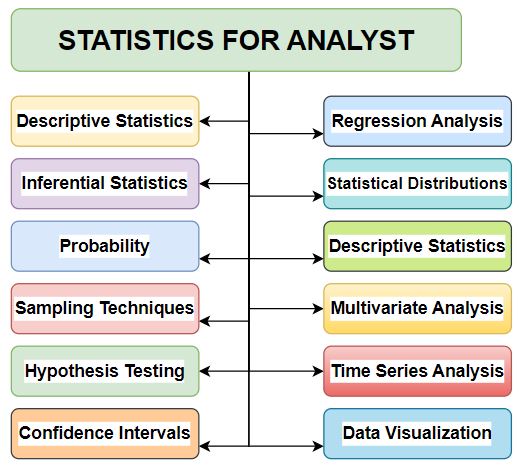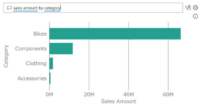Data science has become one of the most talked-about fields in recent years, offering lucrative opportunities and a wide range of applications. In this article, we explore some of the most common questions about data science as well as trending topics in the field. This comprehensive guide will help you understand what data science is all about and where it is headed.
Top Questions About Data Science
1. What does data science do?
Data science is the process of extracting meaningful insights from structured and unstructured data using a combination of programming, statistics, and machine learning. It helps organizations make data-driven decisions by analyzing patterns and predicting outcomes.
Example: Predictive models in e-commerce recommend products to customers based on their browsing and purchase history.
Additional Resources:

2. Is data science a well-paid job?
Yes, data science is considered a highly lucrative field. According to Glassdoor, the average salary of a data scientist in the U.S. is around $120,000 per year. Salaries vary based on experience, location, and industry, but the demand for skilled professionals remains strong.
Example Roles:
- Entry-level: $75,000 – $95,000
- Senior-level: $150,000+
Additional Resources:
3. Is data science a lot of math?
Yes, data science involves significant mathematical concepts, including linear algebra, statistics, calculus, and probability. However, many tools and libraries simplify these tasks, allowing data scientists to focus more on interpretation and problem-solving.
Key Math Topics:
- Regression analysis
- Probability distributions
- Gradient descent
Additional Resources:
4. Is data science very difficult?
Data science can be challenging, especially for beginners, because it requires a mix of skills in programming, mathematics, and domain expertise. However, with the right learning resources and consistent practice, it is possible to master.
Learning Roadmap:
- Learn programming languages like Python or R.
- Study fundamental statistics and machine learning.
- Practice with real-world datasets.
Additional Resources:
Trending Topics in Data Science
1. What are the major topics in data science?
Some of the core topics in data science include:
- Machine learning
- Data visualization
- Natural language processing (NLP)
- Big data analytics
- Data engineering
Popular Tools:
- Python (Pandas, NumPy, Scikit-learn)
- R programming
- Tableau and Power BI for visualization
Additional Resources:
2. What is the next big thing in data science?
The next big thing in data science is the integration of artificial intelligence (AI) and machine learning with real-time decision-making systems. Emerging trends include:
- Generative AI (e.g., ChatGPT, DALL-E)
- Edge computing for faster data processing
- AI-driven automation in industries like healthcare and finance
Example: AI-powered chatbots providing real-time customer support.
Additional Resources:
3. What data science trends to watch in 2024?
In 2024, keep an eye on these trends:
- Growth of low-code/no-code platforms for data analysis
- Ethical AI and explainable machine learning
- Data-centric AI (focus on data quality over model complexity)
- Increased adoption of cloud-based data solutions
Additional Resources:
4. What are the 5 P’s of data science?
The 5 P’s of data science describe the core steps of a data project:
- Problem – Clearly define the problem you are solving.
- Plan – Create a roadmap for your data project.
- Prepare – Collect, clean, and preprocess the data.
- Perform – Apply algorithms and models to analyze the data.
- Present – Visualize and communicate findings effectively.
Example: A marketing firm using the 5 P’s to predict customer churn and present actionable insights to stakeholders.
Additional Resources:
Conclusion
Data science is an exciting and evolving field with vast opportunities for growth. Whether you are a beginner or a professional looking to stay updated, understanding the basics and following trends will help you thrive. For more information, explore the resources linked throughout this article.



